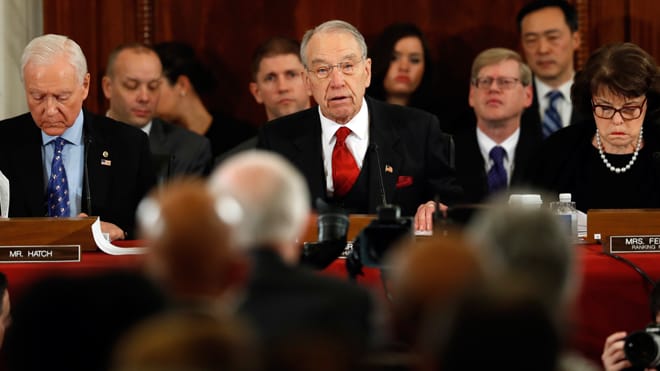The upcoming election for the Speaker of the House, featuring Mike Johnson as a leading candidate, has drawn significant attention within the Republican Party and the broader political landscape. As the GOP navigates its internal dynamics, several Republican members are emerging as critical players whose actions and decisions could shape the outcome of Johnson’s bid for the speakership. Understanding the positions and potential influence of these individuals is essential for grasping the complexities of this election.
One of the prominent figures to watch is Kevin McCarthy, the former Speaker who was ousted from his position earlier this year. McCarthy’s support or lack thereof for Johnson could carry substantial weight among party members. Having been a central figure in the Republican leadership, McCarthy’s endorsement would likely lend Johnson credibility and bolster his chances of securing the necessary votes. Conversely, if McCarthy were to oppose Johnson, it could create significant hurdles for the latter’s election.
Another key player is Elise Stefanik, the House Republican Conference Chair. Stefanik has positioned herself as a leading voice within the party and has garnered a considerable following among her colleagues. Her support for Johnson could galvanize other members and create a coalition of backing that may be crucial for his election. On the other hand, should she choose to remain neutral or voice opposition, it could signal divisions within the party that Johnson would need to address.
Additionally, members of the Freedom Caucus, a group of conservative Republicans known for their strong ideological stance, will be instrumental in determining the direction of Johnson’s candidacy. This faction has historically wielded considerable influence within the party, and their support is often seen as a litmus test for any Republican leader. Johnson’s ability to secure the backing of the Freedom Caucus could prove vital, as their endorsement would signal a united front among conservative members. However, if there are dissenting voices within the caucus, it could complicate Johnson’s path to the speakership.
Moderate Republicans also represent a crucial demographic to consider. Their perspectives and priorities often differ from those of their more conservative counterparts, and they may have reservations about Johnson’s leadership style or policy positions. Engaging with moderate members will be essential for Johnson to build a broad coalition capable of overcoming potential challenges. The balance between appeasing the demands of the Freedom Caucus while also addressing the concerns of moderates will be a delicate task for Johnson as he seeks to unite the party.
Furthermore, the role of leadership figures such as Steve Scalise, the House Majority Leader, and Tom Emmer, the House Majority Whip, cannot be overlooked. Both individuals play significant roles in party strategy and member outreach. Their alignment with Johnson could influence other members’ decisions and help solidify support for his candidacy. Conversely, any signs of division among these leaders could raise questions about Johnson’s viability as a candidate.
As the election approaches, the dynamics within the Republican Party will continue to evolve. The interplay between various factions, including the establishment, conservatives, and moderates, will be critical in shaping the outcome of Johnson’s bid for the speakership. Additionally, external factors such as public opinion and ongoing legislative priorities may also impact the decision-making process of Republican members.
In conclusion, the election of Mike Johnson as Speaker of the House is not merely a reflection of his individual capabilities but rather a complex interplay of party dynamics and member allegiances. Key figures such as Kevin McCarthy, Elise Stefanik, members of the Freedom Caucus, and moderate Republicans will play pivotal roles in determining the outcome. Observing their actions and decisions in the lead-up to the election will provide valuable insights into the future direction of the Republican Party and its leadership structure.



